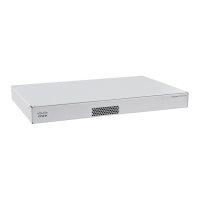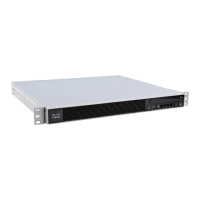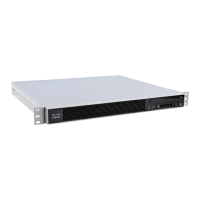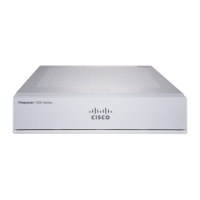CHAPTER
1-1
Cisco ASA Series CLI Configuration Guide
1
Configuring the PPPoE Client
This section describes how to configure the PPPoE client provided with the ASA. It includes the
following topics:
• PPPoE Client Overview, page 1-1
• Configuring the PPPoE Client Username and Password, page 1-2
• Enabling PPPoE, page 1-3
• Using PPPoE with a Fixed IP Address, page 1-3
• Monitoring and Debugging the PPPoE Client, page 1-4
• Using Related Commands, page 1-5
PPPoE Client Overview
PPPoE combines two widely accepted standards, Ethernet and PPP, to provide an authenticated method
of assigning IP addresses to client systems. PPPoE clients are typically personal computers connected
to an ISP over a remote broadband connection, such as DSL or cable service. ISPs deploy PPPoE because
it supports high-speed broadband access using their existing remote access infrastructure and because it
is easier for customers to use.
PPPoE provides a standard method of employing the authentication methods of the Point-to-Point
Protocol (PPP) over an Ethernet network. When used by ISPs, PPPoE allows authenticated assignment
of IP addresses. In this type of implementation, the PPPoE client and server are interconnected by Layer
2 bridging protocols running over a DSL or other broadband connection.
PPPoE is composed of two main phases:
• Active Discovery Phase—In this phase, the PPPoE client locates a PPPoE server, called an access
concentrator. During this phase, a Session ID is assigned and the PPPoE layer is established.
• PPP Session Phase—In this phase, PPP options are negotiated and authentication is performed.
Once the link setup is completed, PPPoE functions as a Layer 2 encapsulation method, allowing data
to be transferred over the PPP link within PPPoE headers.
At system initialization, the PPPoE client establishes a session with the access concentrator by
exchanging a series of packets. Once the session is established, a PPP link is set up, which includes
authentication using Password Authentication protocol (PAP). Once the PPP session is established, each
packet is encapsulated in the PPPoE and PPP headers.

